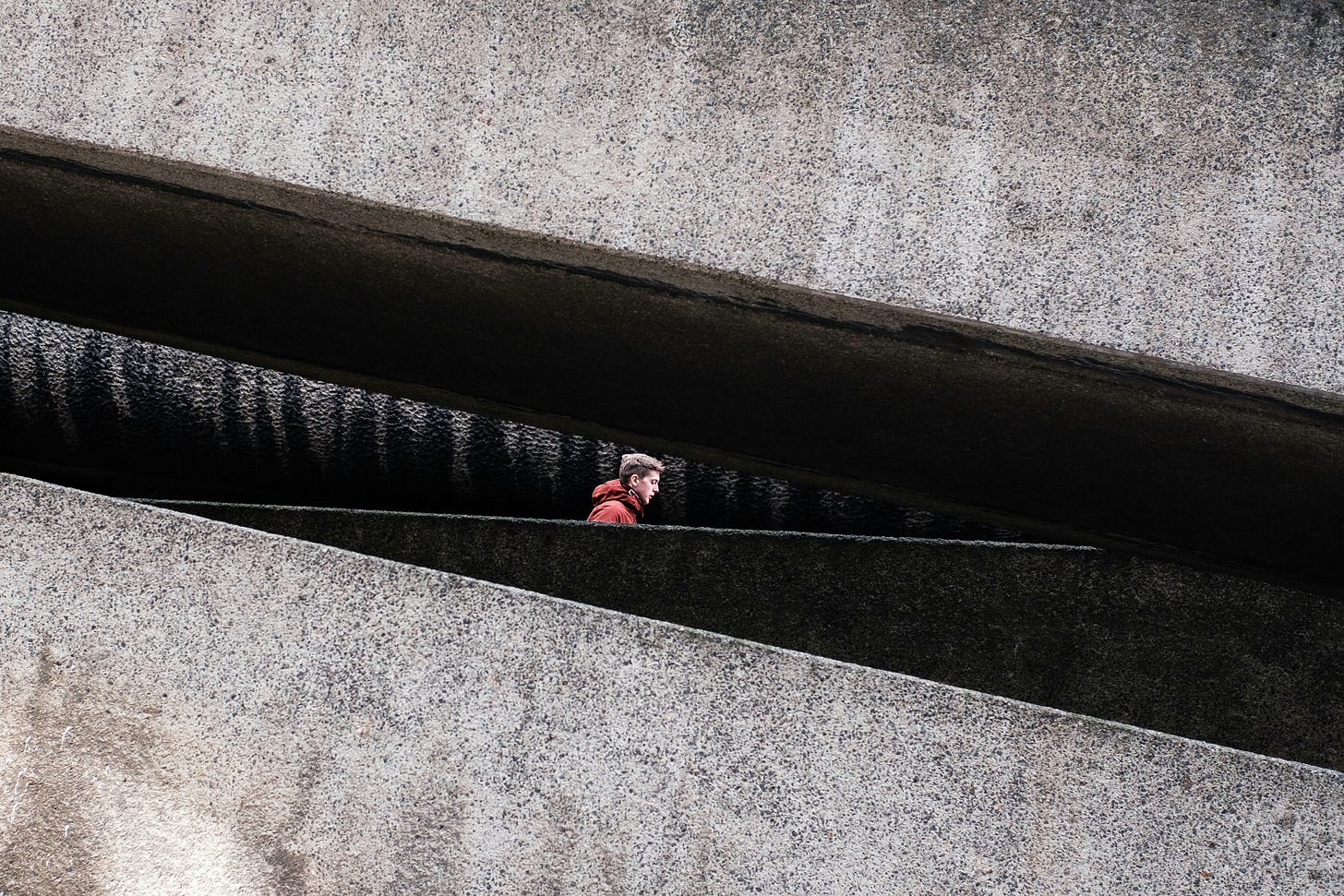Leadership life is not for the faint of heart.
You’re kicking off a project you’re excited to own, and one of the key stakeholders at the table is already scowling.
Or you’ve closed out a board presentation and get a challenging question from that one board member that always sends discussions off the rails.
Or you get pulled into a sudden sync with a direct report who tells you a crucial project has hit an unexpected roadblock. He needs you to weigh in.
In a world where speed is king, leaders often rise to their positions because they consistently think and act faster than anyone else in the room. They rely on their experience to recognize patterns in new circumstances, trust their instincts, and move quickly. That bias toward action can be an incredible strength—but there's a downside:
Having reliable default settings is efficient and effective, but only in predictable environments—stable systems.
Over the years, I've coached and advised tech leaders across startups, scale-ups, and corporates. Not a single one of these leaders operates in a predictable environment. I've encountered zero stable systems. This reality requires dynamic leadership: intense self-awareness, the ability to develop and evaluate multiple options, and the courage to adapt based on the needs of the moment.
As Dr. Carol Kauffman, author of Real-Time Leadership, reminds us, "Pattern recognition and default options work a lot of the time, but you have to be mindfully alert when you've got the biggest opportunities or the greatest risks facing you." (Listen to Why Leaders Should Rethink Their Decision-Making Process on the HBR Leadership Podcast)
How do you go from Default to Dynamic? Begin by being mindful. This means prioritizing the time it takes to understand both yourself and the context of the moment so that your responses are deliberate, effective, and aligned with your larger mission and values.
Victor Frankl famously said: "Between stimulus and response, there is a space. In that space is our power to choose our response. In our response lies our growth and our freedom."
In my work, I coach my clients to recognize that space, expand it as needed, and transform their leadership by embracing the power of the pause.
Three Levels of the Pause
You can be mindful at different levels. Helen Woodward’s short blog, “Why Learning to Pause Helps You Be a More Effective Leader”, breaks these down into three categories: micro, meso, and macro pauses. Each provides an opportunity to expand your understanding of yourself, your environment, your options, and how you need to relate to others.
Macro pauses are the big ones. You step away from the grind—execution cycles, meetings, team dynamics—for a holiday or a period of personal reflection to reinforce your foundations: purpose, values, and goals.
Meso pauses are the structured, bite-sized moments you fit into your calendar—like a gym session, a meditation break, or a 20-minute journaling session at the start of each workday.
Micro pauses are my favorite! The opportunity lies in the moment—right after you face an unexpected challenge or get asked a tough question.
Creating intentional space between a triggering moment and your knee-jerk, default reaction opens the door to a more thoughtful, optimal response—one that serves your higher goals.
The Infinite Mindset
What are your higher goals? In a moment of stress and challenge, do you know which game you’re playing?
Consistently pausing before reacting requires a fundamental behavior change—and changing behavior is never easy. The key is to understand the deeper purpose behind the change. Simon Sinek calls this “an infinite mindset” and contrasts the “infinite games” of business, career, or life in general with the finite games most of us are used to.
Competitive people (like me!) naturally gravitate toward finite games: clear rules, known players, and a defined beginning, middle, and end—with a winner and a loser. We identify the objective, chase the win, and celebrate the victory.
But life—both at work and at home—is an infinite game. The players and rules evolve. The goal isn’t to win but to keep playing, learning, and growing. While finite games provide short-term direction, the bigger picture is what truly matters.
A Higher Standard of Leadership
Think of the scenarios we began with.
So, the next time you face a charged moment—a potential battle—pause and ask yourself:
What larger outcome do I want to drive in this situation?
What options do I have to achieve that outcome?
Which of those responses best aligns with my purpose and values?
And, one of Kauffman's leadership prompts: Who do I need to be in this moment to make it successful?
A project kick-off with an annoyed key stakeholder. (His frustration is apparent. What does he need to overcome it?)
A challenging question from a detour-prone board member. (How can you demonstrate openness and competence, while keeping the rest of the discussion on track?)
A red flag raised by direct report. (How can you support him to take responsibility and get the project back on track?)
Leadership isn’t about having all the answers in the moment—it’s about mastering the art of the pause to ask the right questions. That’s where true power lies.



